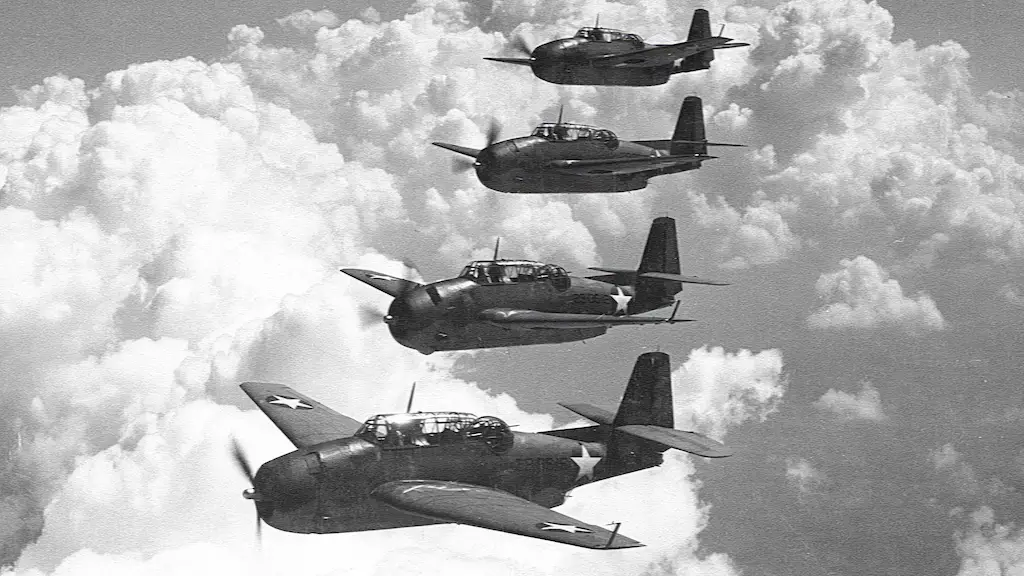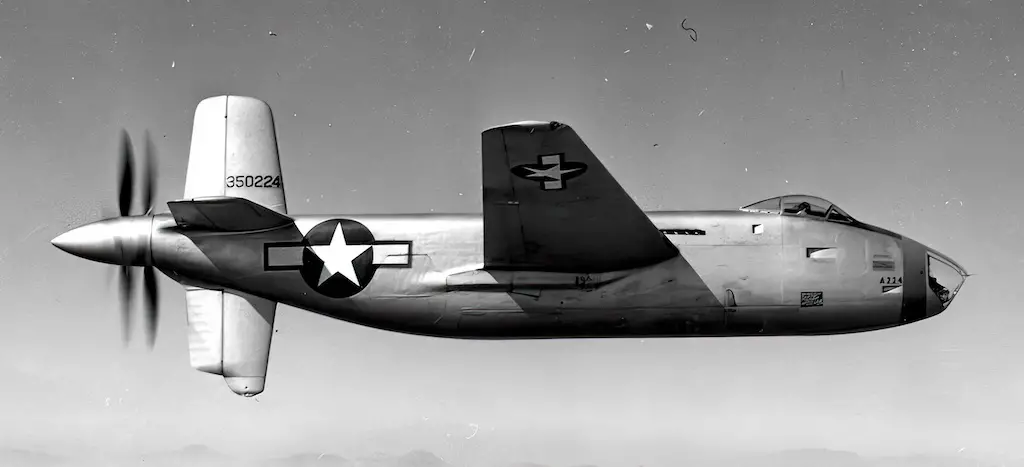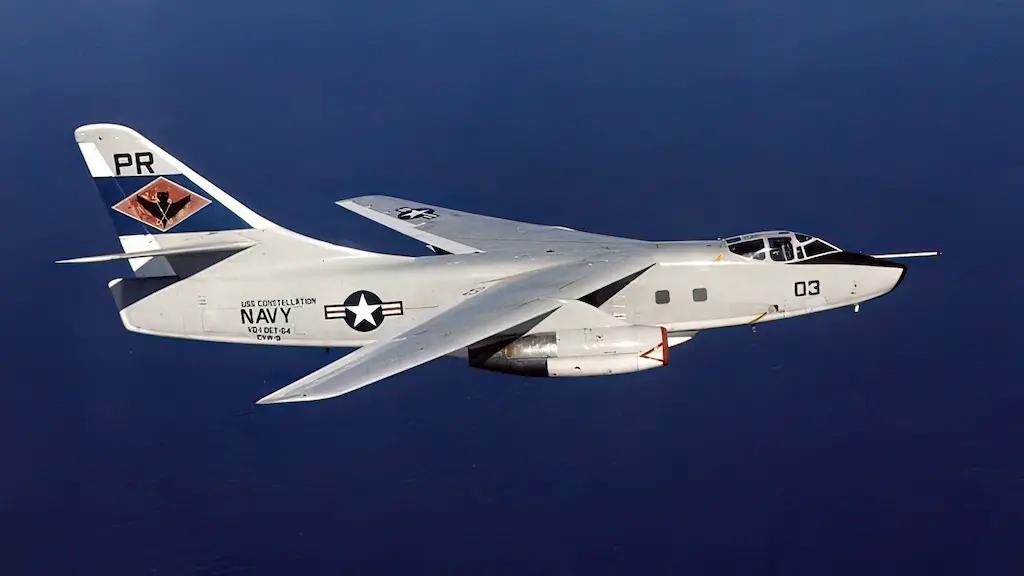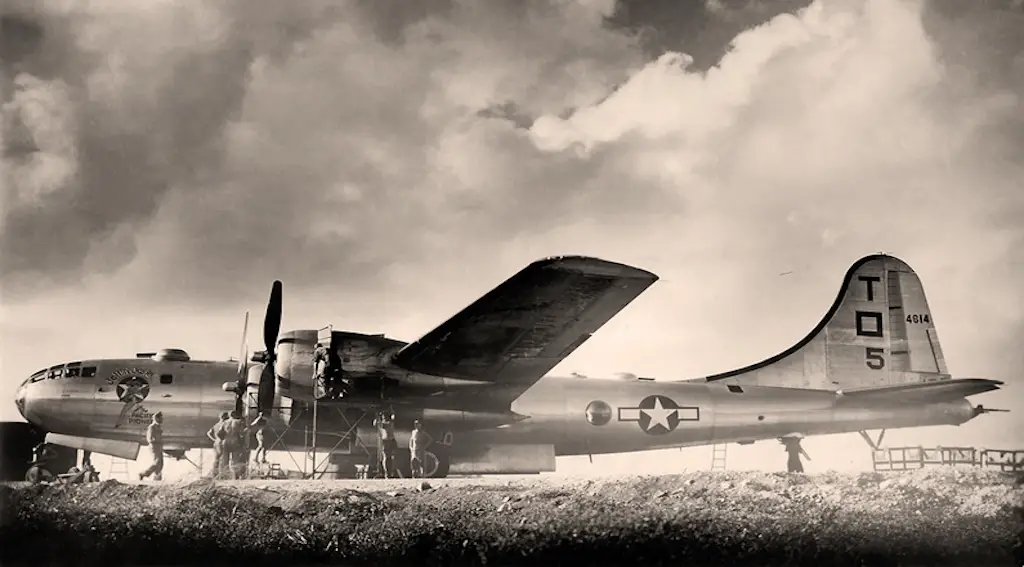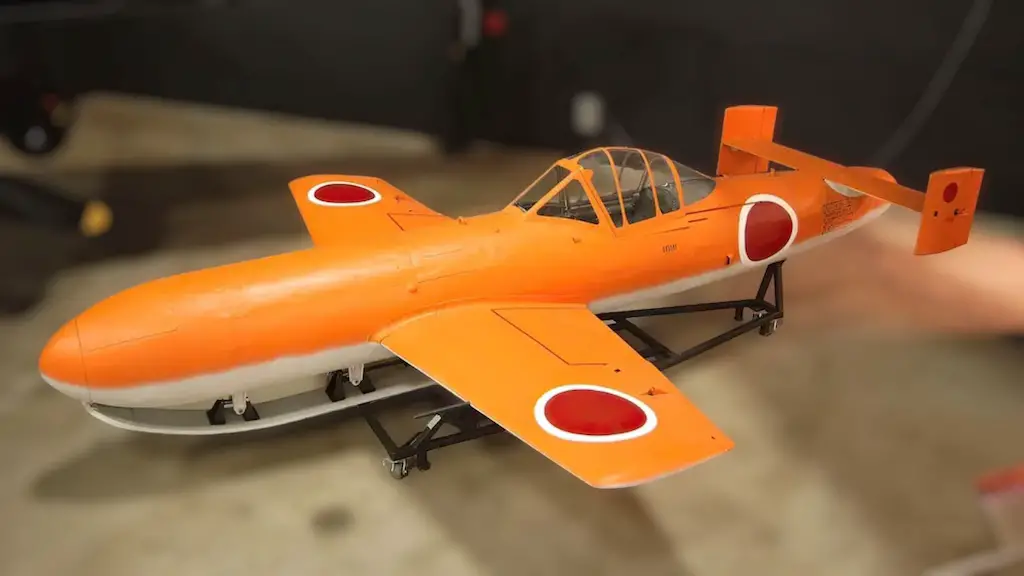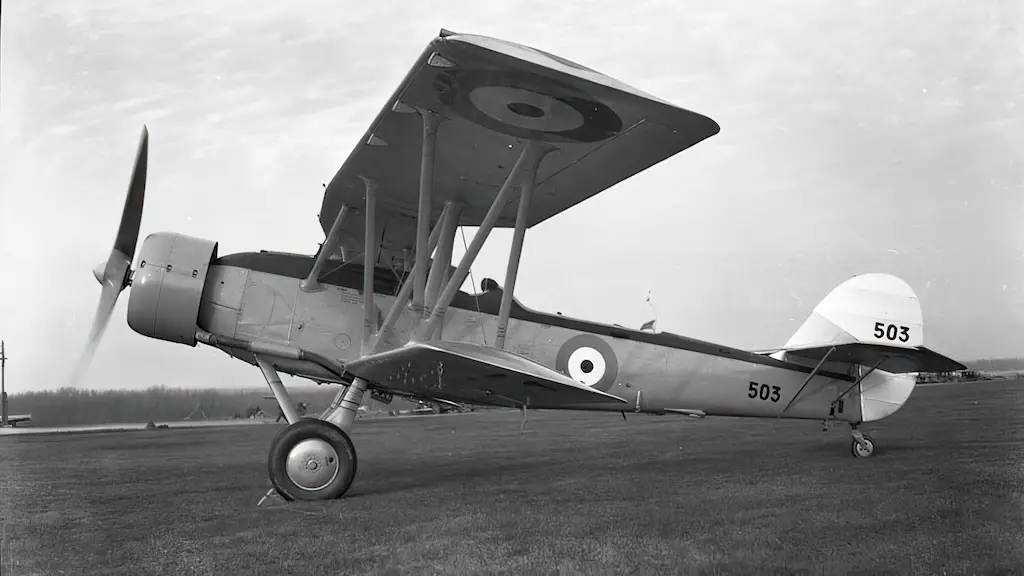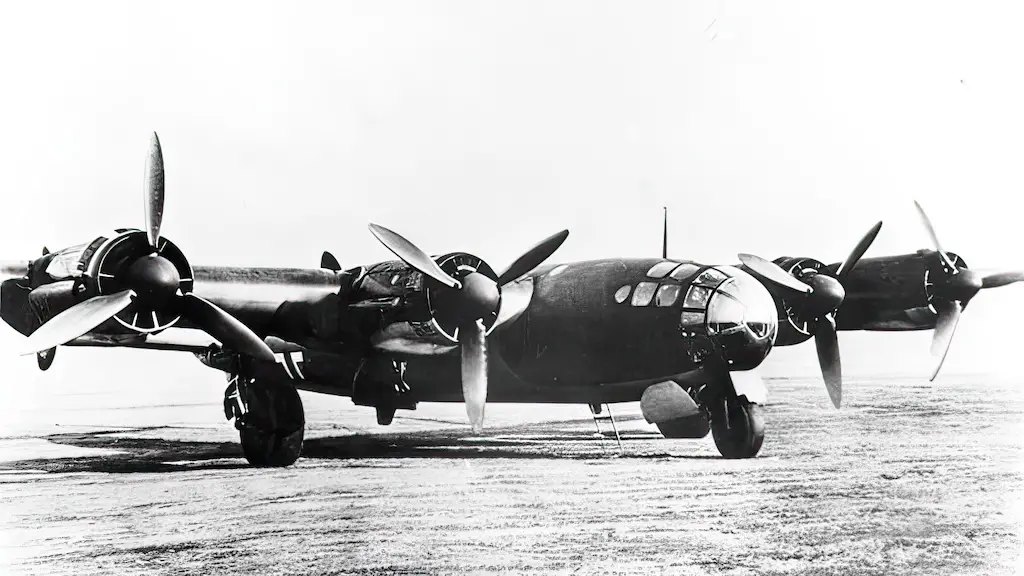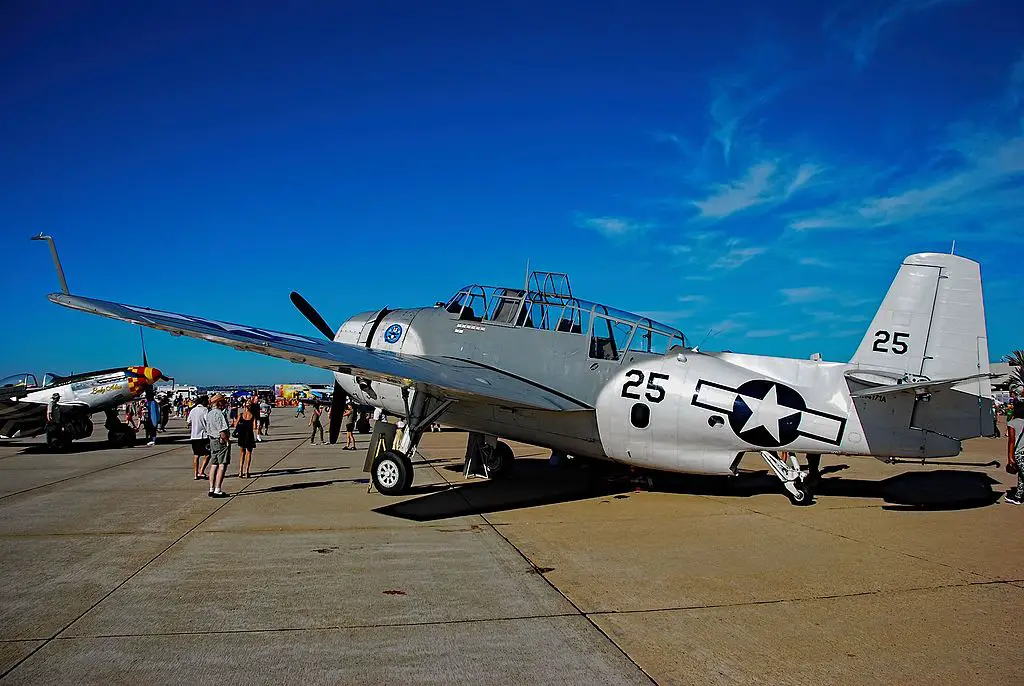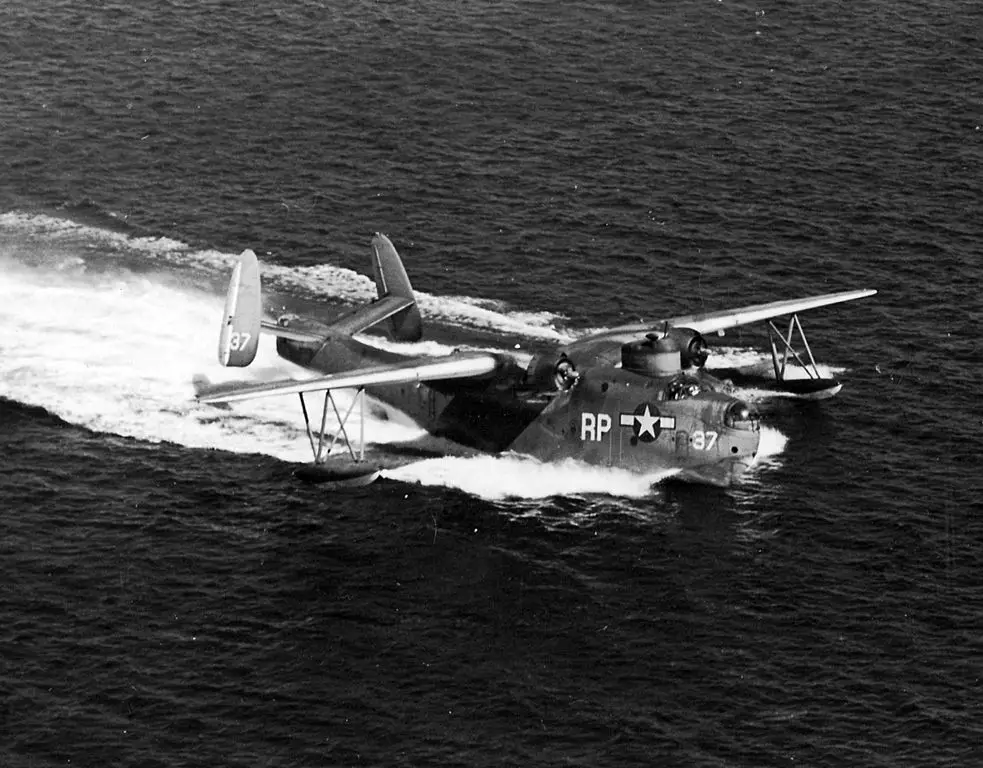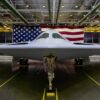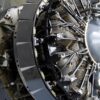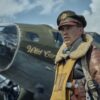Routine training mission
It was supposed to be a routine navigational training flight. Or so the crew of flight 19 thought. Shortly after 2:00 p.m. on December 5 1945, five TBM Avenger torpedo bombers departed U.S. Naval Air Station Fort Lauderdale, Florida. Lt. Charles C. Taylor was acting as the flight’s leader but he would soon be lost on the ill-fated mission together with the rest of flight 19.
But how is this possible as Taylor was a seasoned naval aviator with some 2,500 flying hours and he was also a multiple World War II combat veteran with tours in the Pacific. Yet even with all this flight experience flight 19 would disappear somewhere over the Bermuda Triangle.
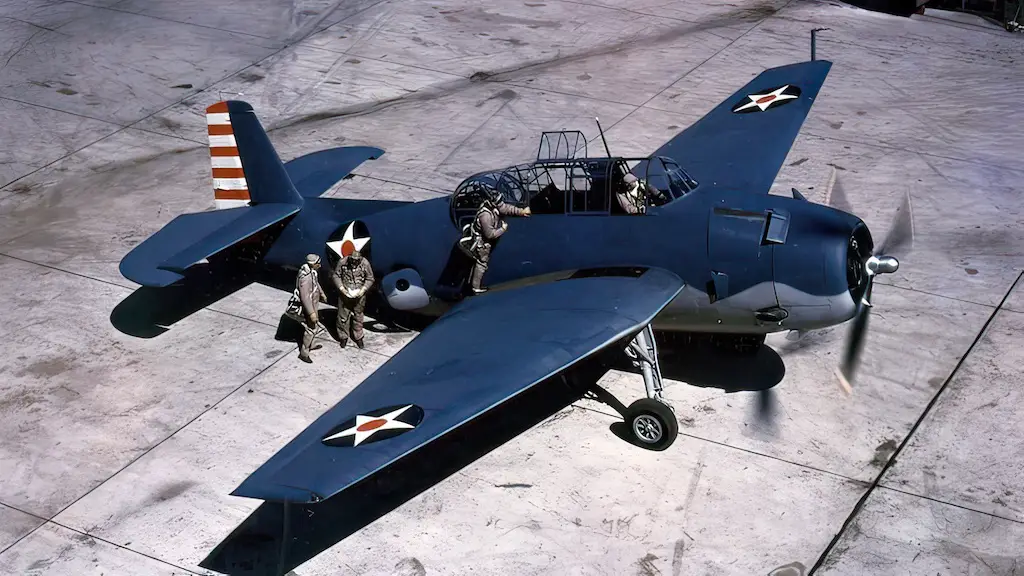
Practice
The squadron of five carrying 14 crew was to fly to the Hen and Chickens shoals in the Bahamas to practice dropping their torpedoes before returning to the Fort Lauderdale Naval Air Station. It was meant to be a regular navigation exercise and a fake bombing run. They had done this previously, which was their final practice before graduation.
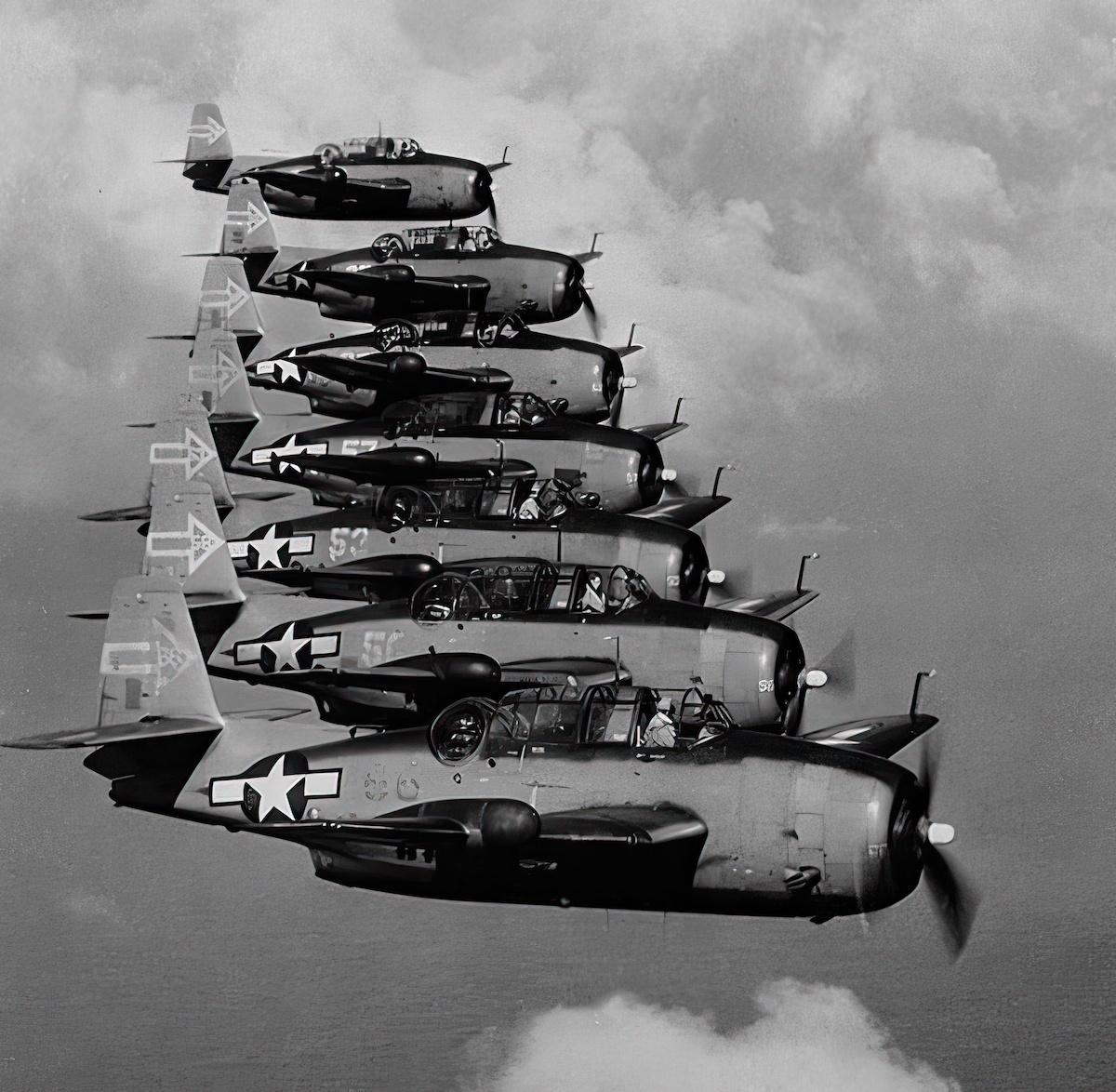
About 90 minutes after takeoff, Flight 19 finished the exercise that was assigned to them, and on the way home, Lt. Charles C. Taylor, the squadron commander, reported that he was lost. The weather and the state of the sea had gotten worse by this point.
Navigation Challenge No. 1
The mission:
“(1) depart 26 degrees 03 minutes north and 80 degrees 07 minutes west and fly 091 degrees (T) distance 56 miles to Hen and Chickens Shoals to conduct low level bombing, after bombing continue on course 091 degrees (T) for 67 miles, (2) fly course 346 degrees (T) distance 73 miles and (3) fly course 241 degrees (T) distance 120 miles, then returning to U. S. Naval Air Station, Fort Lauderdale, Florida.”
Lt. Taylor misdirected Flight 19 over the course of the following three hours, taking it far out to sea, where it crashed after running out of fuel. That happened on December 5, 1945, several months after World War II’s conclusion. The Navy, Army, and Coast Guard deployed large-scale search teams to explore the ocean for the five missing aircraft.
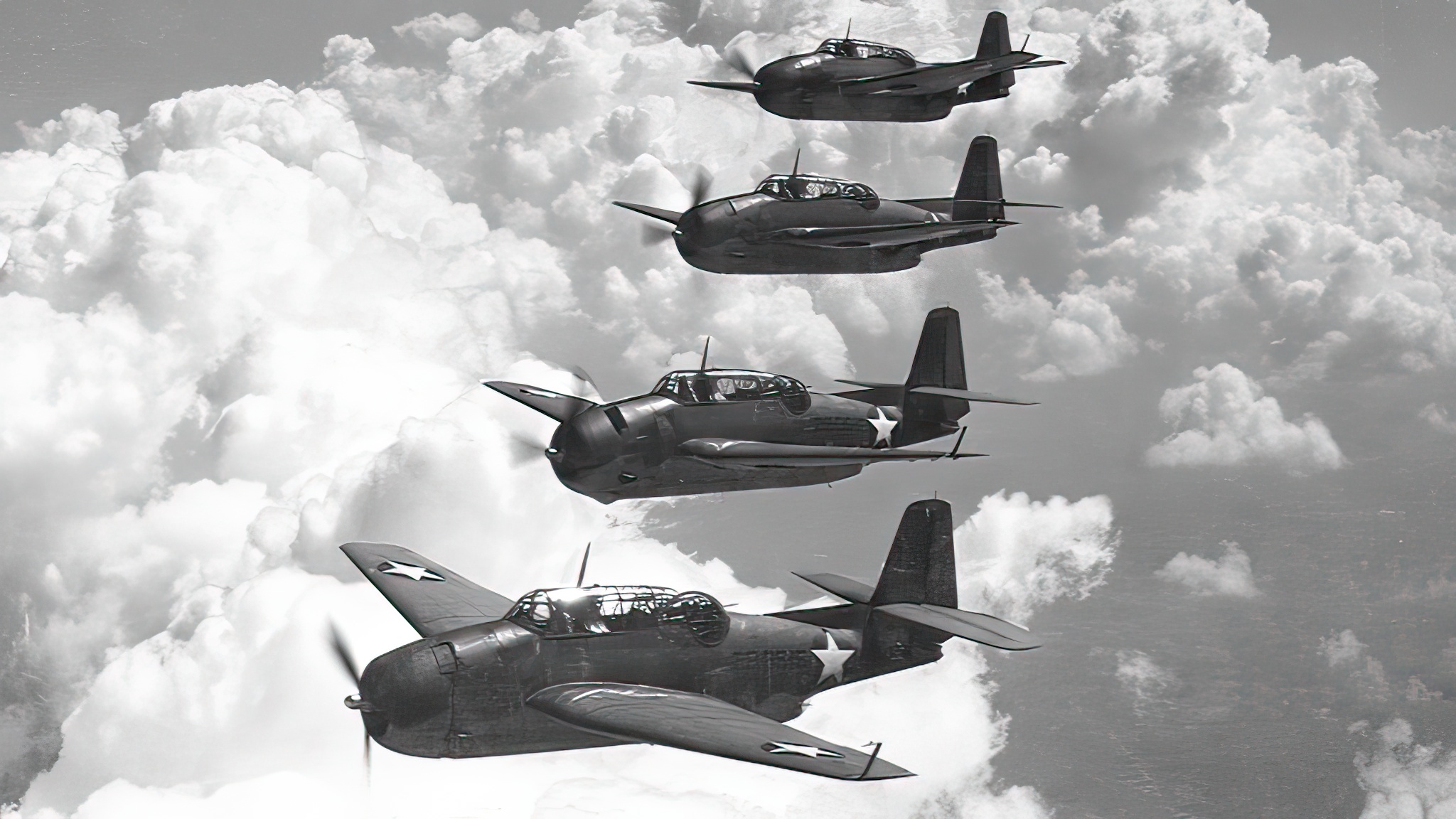
Bad Weather?
From Naval Air Station Fort Lauderdale, the squadron’s flight plan called for them to travel 141 miles directly east, 73 miles north, and a final 140 miles back to finish the exercise. The last location for Flight 19 was listed as being 75 miles northeast of Cocoa, Florida.
The planes had more than an hour’s worth of fuel. They could have been at sea for up to 200 miles. As the evening dragged on, the weather and the state of the sea worsened. The airport weather station in Miami reported that a significant region of turbulent air rolled out of a storm over Georgia, passing over Jacksonville around noon and arriving in Miami by dark.
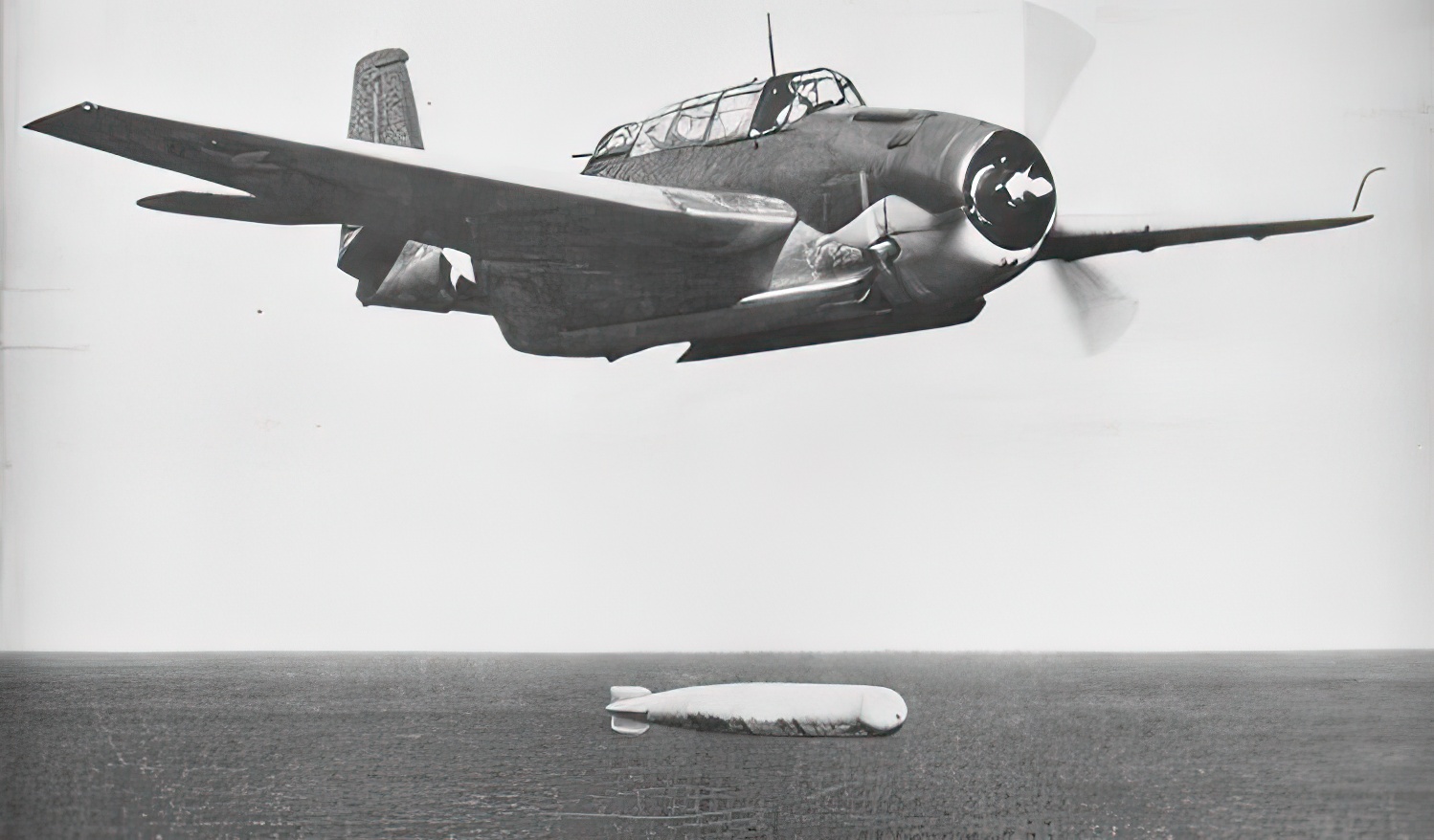
Last Transmission?
Lt. Robert F. Cox, a Senior Flight Instructor, and fellow Navy pilot, was also in the air but not with Flight 19, and flight leader Taylor had a radio conversation. The Board of Investigation documents revealed this exchange. Lt. Cox was on the air speaking with Flight 19 until their signal weakened at 19:04 when they sent their final transmission.
At this time, he wanted to look for the Squadron, but NASFL leadership advised him not to since they feared losing another pilot. It’s interesting to note that the NAS Fort Lauderdale control tower staff had a “ready plane” to examine the area of the last transmission. Still, they ultimately decided not to.
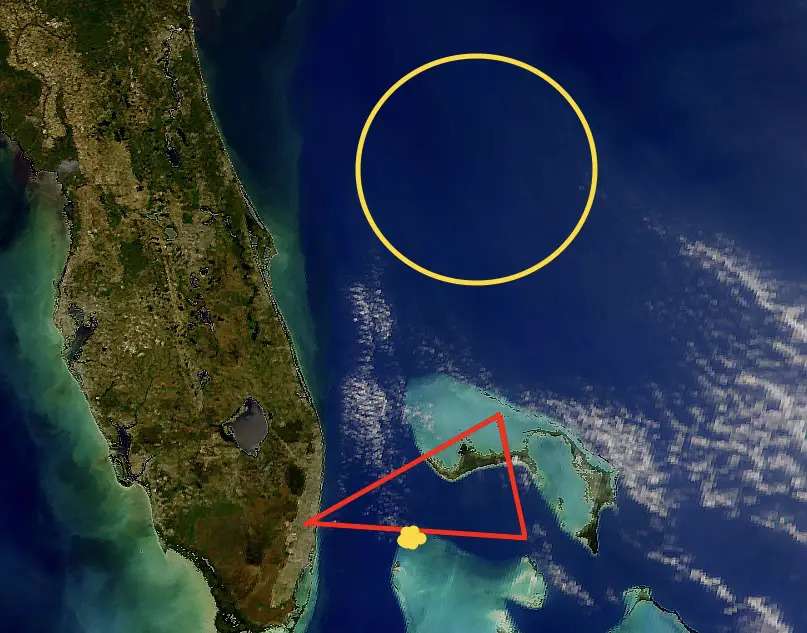
Bermuda triangle
The crew attempted to communicate at one point, and Ensign Bossi and Captain Powers each attempted to assume command separately. With the Squadron leader in communication, they both suggested that they should be changing their course. First, it was decided that Captain Charles Taylor was “guilty of mental aberration.” Later, by conducting her own inquiry, his mother, Katherine Taylor, was successful in clearing him of wrongdoing.
Finally, the Board for Correction of Naval Records cleared Lt. Charles Taylor of “responsibility for loss of lives and naval aircraft” in 1947.
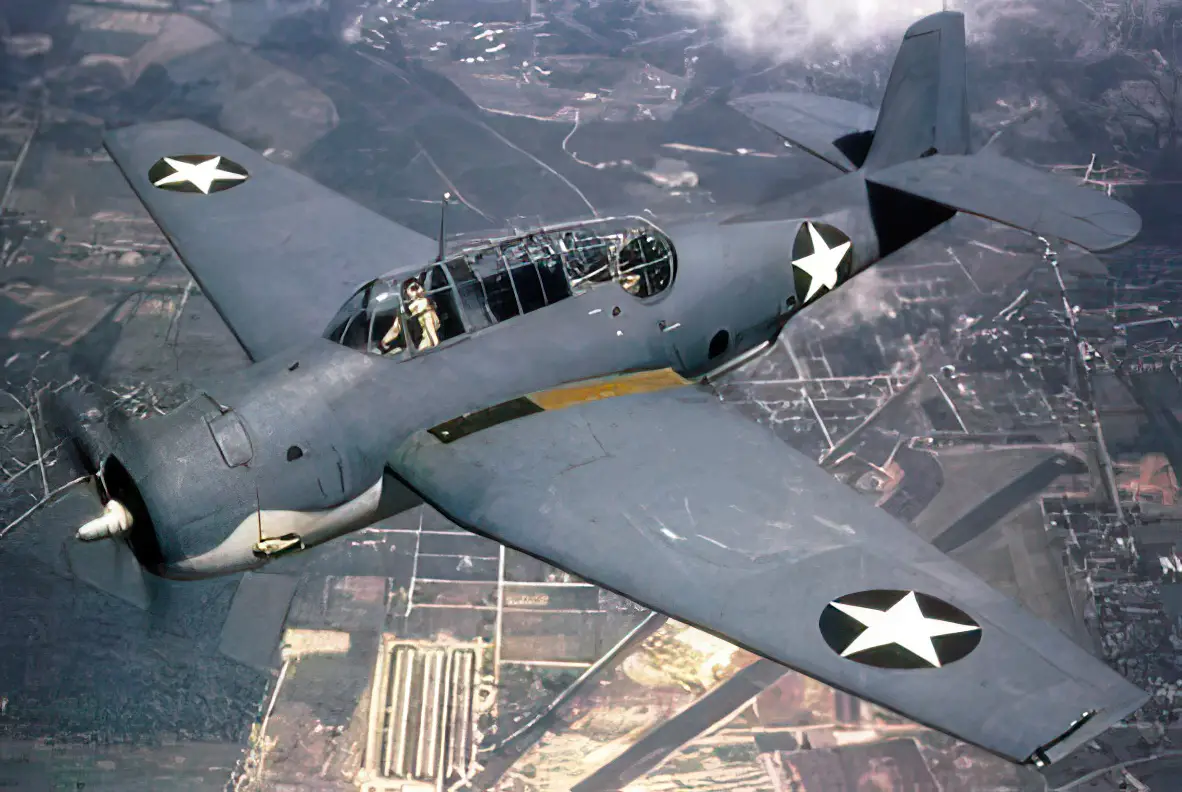
A Mariner rescue seaplane also vanished
The mystery doesn’t end with just the vanishing of flight 19. At around 19:27, less than 30 minutes after takeoff, one of the PBMs (Trainer 49) radioed the tower to inform them that they were getting close to Flight 19’s last assumed position. The 13-man rescue plane’s crew vanished without a trace. Theories about this loss exist.
The fate of the pilots, as well as the fate of the thirteen other men assigned to look for their missing comrades, was never known. Two PBM Mariner flying boats with rescue supplies were sent from NAS Banana River in Melbourne, Florida, as soon as the squadron’s situation came to light.
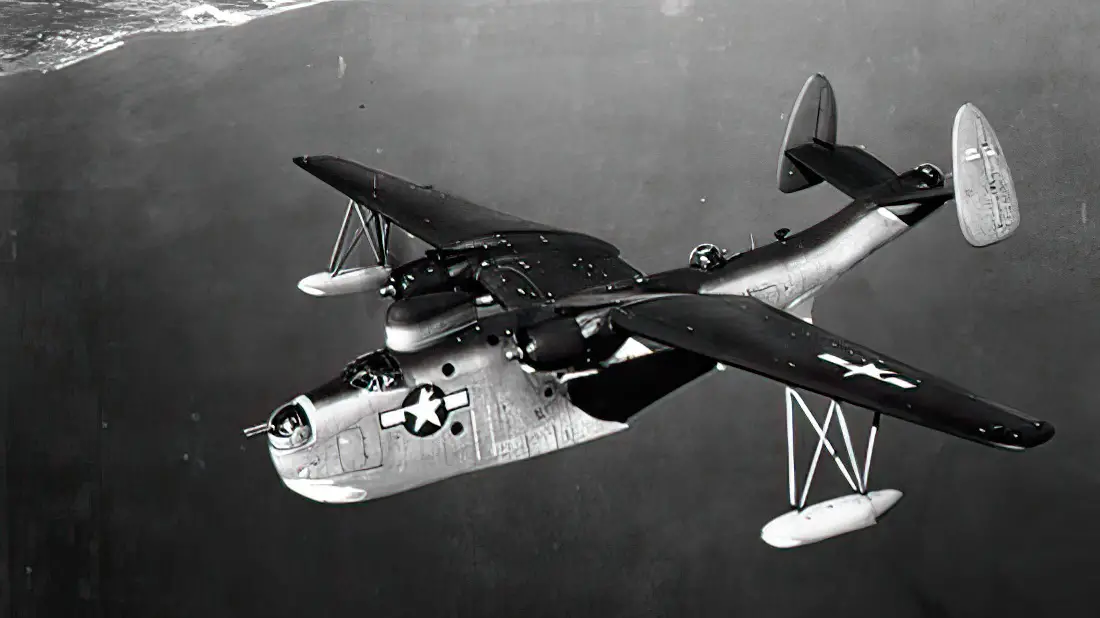
It is known that the S.S. Gaines Mills saw what seemed to be “an airplane dropping” and an explosion at sea near New Smyrna beach at about 7:50 p.m. While it futilely sought survivors, this ship also saw a large oil slick. By the time the incident was over, the sky had become stormy. During the rescue effort, this PBM-5 Mariner (BuNo 59225) “Trainer 49” flying boat was lost, with 13 personnel on board. NAS Banana River dispatched the Mariner.
No Remains Were Ever Found
“It was the duty officer, and he said all flight instructors were due at the hangar at 5 am because five planes were missing.” Said Lt. Dave White of Hillsboro Beach, who was a Senior Flight Instructor at NASFL. “I don’t think anybody got out of their planes at all. I don’t think anybody survived.” He compared hitting the ocean at high speed to “hitting a brick wall.”
“The leader was an experienced combat pilot, these were reliable planes in good condition, and it was a routine training mission. We were alerted to look around the islands and to keep searching the water for debris. They just vanished. We had hundreds of planes out looking, and we searched over land and water for days, and nobody ever found the bodies or any debris.”

